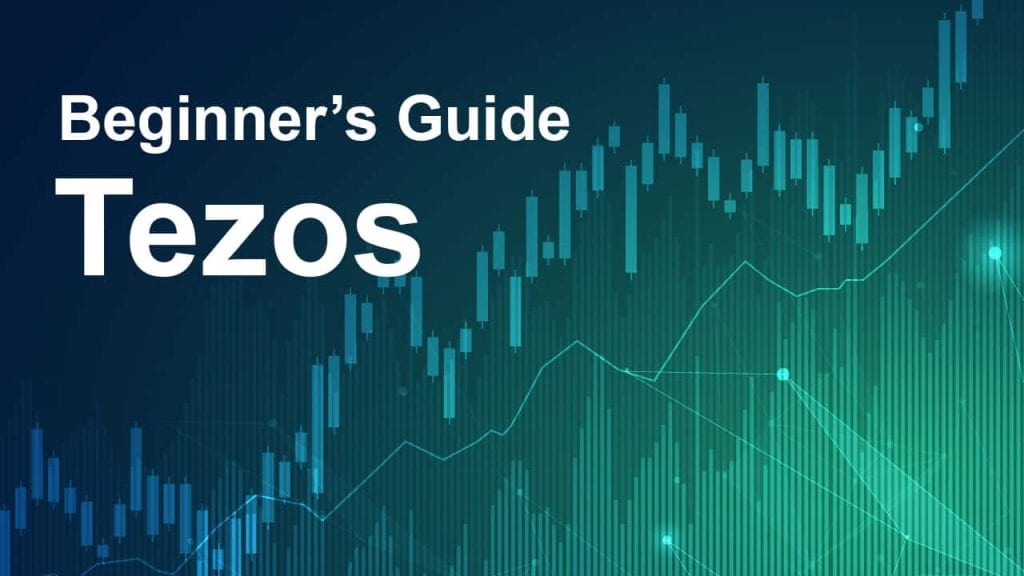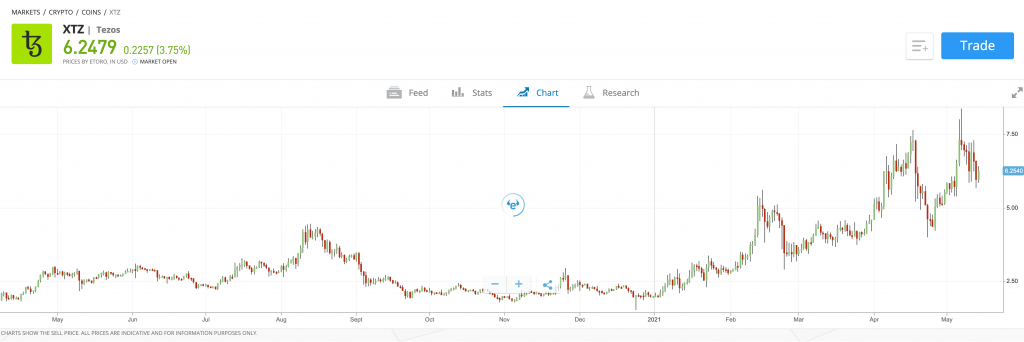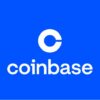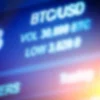Tezos – A Beginner’s Guide
What is Tezos?
Tezos is a unique approach to a decentralised blockchain ledger system. The founders’ ambition is to compete heavily in the Ethereum market space of hosting decentralised applications (dApps) on its platform. Its perceived advantages were realised when it entered the crypto fray late in 2017 after raising an astonishing $232m over a relatively short initial coin offering period. As a “3rd generation blockchain” entrant, its platform aspires to correct several of the early ills in the industry of slow processing speed, logjams, and scalability issues, coupled with a self-amending protocol.

The very name of the project, Tezos, connotes its basic philosophy. According to its developers, the word Tezos hails from a Greek phraseology that translates roughly to “smart contract”. From its Greek underpinnings, its platform attempts to operate using democratic principles. An oversimplification of the process is that updates, validations of new blocks, and the admission of new dApps can occur after a majority vote of approval from a designated subset of major nodes in the network. Referred to as a “liquid” Proof-of-Stake protocol, it is said to speed up all processes and run circles around its competitors. As good as this might sound, its detractors claim that its Liquid PoS has not been stress tested enough to assure future success.
This type of complaint arose due to delays in the Tezos Mainnet launch, lawsuits brought on by dissatisfied investors, and power struggles between its management elite. Despite these basic sideline intramurals, the project has made progress. It has achieved a ranking of “34” with a market cap of $5.3bn. The native call sign for Tezos is “XTZ”, also colloquially called Tez or Tezzie by the crypto’s community of supporters. The price history depicted below includes the erratic period when cryptos were hyped from 2017 to early 2018. From that point forward, the trend from 2019 and beyond has followed a consistent upswing of activity. Price increases in 2021 have been dramatic, as have cycles of profit-taking. Risk volatility is a hallmark of cryptos.

Who founded Tezos and when?
The husband and wife team of Arthur and Kathleen Breitman founded Tezos in 2017, but initial position papers had been published as far back as 2014. Arthur Breitman was a computer scientist and mathematician who had worked as an analyst for Goldman Sachs and Morgan Stanley, while his wife’s background included time with R3 and Bridgewater Associates. The French firm of OcamlPro provided much of the early software programming support beginning in 2015, and the Breitmans’ established a non-profit Tezos Foundation in Zug, Switzerland, which conducted its successful ICO in 2017.
The president of the foundation, Johann Gevers, had his own ideas on how the $232m in raised funds were to be distributed and had already begun hiring staff when disagreements arose between him and the founders. Gevers eventually departed the scene in February of 2018, but delays were forthcoming in the public launch of the Tezos Mainnet. Investor lawsuits followed, which were finally resolved in late 2020 with a $25m settlement. The SEC stayed out of the lawsuits since investors who felt misled eventually negotiated a suitable arrangement.
How does Tezos work?
The Tezos protocol operates as a self-amending decentralised blockchain, thereby dispensing with the need for unanimity for proposed updates and the possibility of a hard-fork. The development team describes this majority rule set up as follows: “Tezos takes a fundamentally different approach by creating governance rules for stakeholders to approve of protocol upgrades that are then automatically deployed on the network. When a developer proposes a protocol upgrade, they can attach an invoice to be paid to their address upon approval and inclusion of their upgrade.”
The network has as many as 450 “validators” and 13,000 “delegators”. Such dispersion of interests is considered one of the best examples of a truly decentralised network. Validators are called “bakers” and must have a “roll” of 8,000 XTZ to perform that function. Delegators can loan their stakes to bakers and receive rewards when new blocks are validated. The software code allows for modifications after the Tezos community votes according to their stake in XTZ and associated responsibilities. The uniqueness of this approach is what led to media attention and the largest fundraising in ICO history up to July of 2017.
Is Tezos safe and ethical?
Controversy has surrounded Tezos from its conception, primarily concerning intellectual property rights and delays while management sorted out the issues. Disgruntled investors eventually received a $25m settlement in August of 2020 as Tezos management were judged as selling a security without proper registration compliance. Although its original launch was to be February of 2018, the Tezos Mainnet finally went live in September of the same year. The senior management team had also reorganised after the departure of Johann Gevers, such that the sources of controversy and potentially unethical behaviour are now things of the past.
Observers have stated that the decentralised nature of the Tezos operating platform is such that security threats are a low probability. Another attribute is called the Formal Verification System. Software applications and dApps are rigorously tested on the platform before release to detect bugs before the new feature is launched. Hacking losses on other platforms are often the result of poorly programmed apps, which have nothing to do with the platform’s safety but can result in compromises and damage to its reputation.
Is Tezos a safe investment? All cryptos are high risk. For Tezos to be a wise and secure long-term investment, several things must occur. Cryptos must become embedded in the global economy, offering real-world solutions to current problems. Regulators and government officials must become more receptive to cryptos. Tezos must also deliver its promise of scalability and the smoothness of its self-governing and self-amending blockchain model. It also needs to gain market share in the highly competitive arena of hosting decentralised apps.
Where can you buy Tezos and what can you use them for?
Tezos and its XTZ token are listed on several big exchanges like Binance, Coinbase, Kraken and Gemini. Several websites can also perform a search for you and list many exchanges, but from a convenience perspective, the online broker, eToro.com, can have you owning Tezzies in just a few simple steps. Wherever you buy XTZ, you will first need to open an account. After funding the account and purchasing Tezos, if you wish to download your tokens to an offline hardware wallet, you will need one that is XTZ compatible.
What can Tezos be used for?
Tezos is relatively new to the cryptocurrency scene and has not focused on enabling the purchase of goods and services online, as has Bitcoin and other cryptos. The Tezos focus has primarily been on hosting and creating decentralised applications and smart contracts to run on its platform. XTZ is the token that allows for the exchange of value within the network, whether it be from actions performed by a smart contract, providing a stake in the validation or “baking” process, or voting on upgrades proportionally based on the amount of XTZ held.
What does the future hold for Tezos?
The future of Tezos is dependent on the future of all cryptos in general. The next five years will be crucial in determining if cryptos and their blockchain ledgers can solve significant business problems of the day. Assuming this progress is made, many analysts see bright prospects for Tezos, as long as its platform performs as expected and developers choose it to deploy their decentralised apps. Other projects like Ethereum, Tron, and EOS will be formidable competitors, but insiders point to the Tezos Foundation’s treasury as an advantage. It is said to have over $500m in reserves for future development.
Tezos is a popular choice due to its decentralisation and community-based voting approach. The ability to self-validate dApps and upload them quickly based on a consensus majority leads to shorter development queues for developers and more security for users. Major investment houses have backed the innovative approach of this crypto platform, and even large banks like Societe Generale in France have chosen the Tezos network for digital currency experimentation. Analyst forecasts into 2025 are grouped about a $25 valuation, but anything can happen in the crypto-verse over the next five years. Critics claim the platform has yet to be tested at heavy volumes to determine if its self-validating process can scale.
Where to learn more about Tezos?
There are several sites on the internet devoted to providing unbiased information about cryptocurrencies. To better understand Tezos, the place to start may be the Tezos website, located at tezos.com. Aggregator sites like Coinmarketcap.com and CoinGecko.com are also good sources of basic information. By broadening your internet search engine parameters, you will find a multitude of helpful sites designed to educate you, but you will need to heed any dates given. Often these articles display a publishing date or a date at which the information was updated as a guide. Information on cryptos can often be out of date within one year. To address this issue, it would be wise to check recent news feeds in the crypto press to check what progress Tezos has made on a more current basis.




